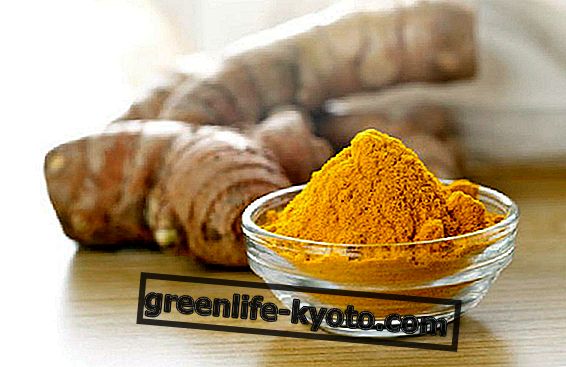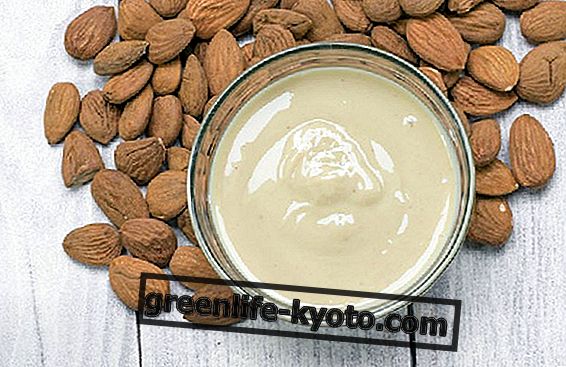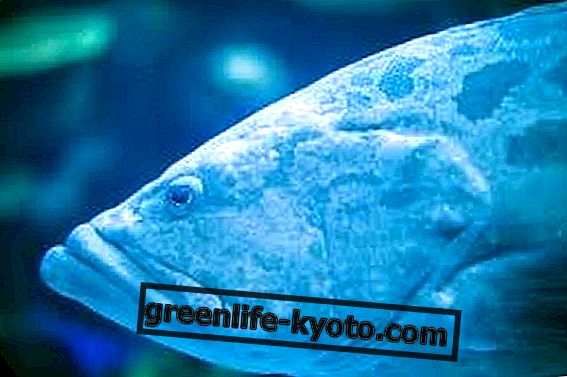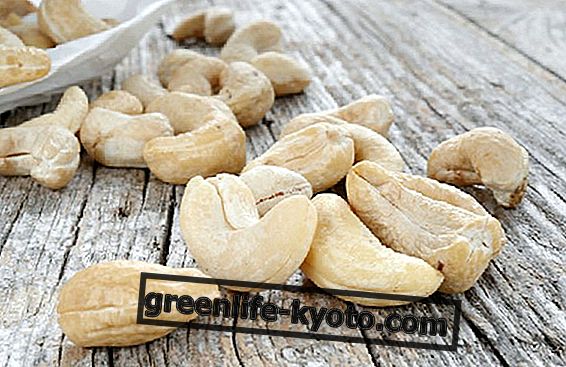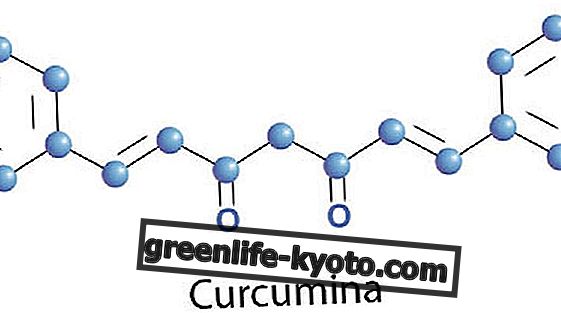The somatic and experiential anatomy are useful disciplines to get to know each other thoroughly and take care of them from within the body. Let's find out better.
>
>

What are somatic and experiential anatomy?
The Greek word "soma" means the "body". The adjective "somatic" therefore indicates all that is relative to the body. By "experiential anatomy" we mean the direct internal knowledge of the body, a knowledge that occurs, as the name implies, through experience. In practice both disciplines, somatic or philosophical and experiential anatomy intersect and yes to develop a type of knowledge about the body itself that is not uniquely cognitive, but makes the psyche something fundamental, as if it were the "thought of the body" ; the goal is to learn to refine the kinesthetic and proprioceptive sense, eliminate pain and seek, even with the body, well-being and health.
It is a way of thinking about the body that interfaces with the individual areas of somatic research, bringing into play all the techniques that facilitate the perception of the body from within and which therefore help to make it more defined, specific and differentiated. These techniques can be meditation, attention work, holistic bodywork, biofeedback, mental imagination, Reichian approaches, psycho-neuro-immunology and verbal exchange, all pivotal tools for deep contact with themselves, through individual learning or experiential group sharing whose goal is well-being in a holistic sense.
This type of study and perception of self has various roots, from Gestalt, from humanistic and transpersonal psychology, also taking its cue from the western philosophical tradition (Eraclito, G. Bruno, A. Schopenhauer, F. Nietzsche, E. Husserl and U. Galimberti ), and from concepts coming from other traditions, such as the eastern ones, Taoist or Tantric. In the development of the knowledge of medical science, several researchers from different countries of the world have been building the corpus of the discipline, in the same way the somatic researchers of different fields contribute to the construction of experiential anatomy. Jader Tolja is one of these, a physician and researcher who more than others has dedicated his professional focus to the study of experiential anatomy, also writing the text "Thinking with the body".
How do they work?
When we talk about somatic therapy or experiential anatomy, we mean a therapeutic modality based on which postures and movements that cause body pain are linked to the subject's emotional and mental health problems . For example, stress or anxiety involves taking unnatural postures and muscle tightening, so your stomach may be affected, but also your neck, shoulders or back. The goal of the therapist is therefore to bring out, thanks to a strong empathy with the patient, the emotional or psychological causes of pain. Being a holistic therapy, somatic therapy indicates to the patient the reason for the problem encountered and suggests ways of eliminating pain through correct postures and stretching or other remedies or useful information aimed at making the patient able to interact with his own body and psyche.
There are various techniques for bringing out emotional blocks, such as artistic practices, holistic bodyworking, dancing or singing, meditation, trance and hypnosis, verbal work and more. Those who work in this sector are defined as somatic operator or counselor and work with open attention, developing a great presence in being "here and now". The body thus expresses itself in such a way that it can be heard and assumed at a higher level of awareness, with consequent full enhancement of the practice of verbal feedback on shared experiential experiences. It is a real bodily counseling, the creator of a new alliance between body and word.
What ailments they cure
These types of disciplines can go to explore various points and go to probe different disorders, both physical and psychological. They range from stomach pathologies, gastritis, nervous or skeletal system disorders, such as neck pain, back pain, stress and much more.
For whom are the somatic and experiential anatomy thought?
These disciplines of profound self-knowledge and of the functioning of one's body presuppose the fact of carrying out an important work of proprioceptive rooting, or the willingness to recognize physical sensations and the ability to identify the different origins, characteristics, motivations . The experiential anatomy therefore represents, together with the somatic, a systematic way for those who want to go and look in the body for what has remained in the shade, frozen or forgotten and there is the opportunity to bring this back into the identity. In fact, at the beginning of a life one tends to show everything instinctively: aggression, sexuality, affectivity. But then the environment receives only a part of this whole, the other sends it back, through a trauma, a refusal, a judgment : it is the part in shadow, the part rejected by the environment that is kept in stand-by, frozen in the body. Thanks to these methodologies, the trauma that kept them locked is also associated with finding forgotten parts, so as to be able to start a process of conscious "de-traumatization".
The law in Italy and abroad
In Italy these practices are still little known, whose professionals, holistic operators, couselor, therapists, are regulated according to the law 4/2013. These are practices of self-knowledge which, grouping together different traditions and philosophies, are practiced in various countries, from India, Germany and the United States, where they find good therapeutic success and are linked to similar practices, such as Feldenkreist postural integration, phyllosomatic, bodythinking, Rolfing, Bioenergetics, Craniosacral, Focusing and more.
Associations and reference bodies
Here are some reference addresses: Thinking with the body; sites of European schools that work with the principle of Embodiment: Somatic Movement Institute, Leben Nuova; Italian sites where you can find articles about body proprioception, Focusing or Craniosacral.



